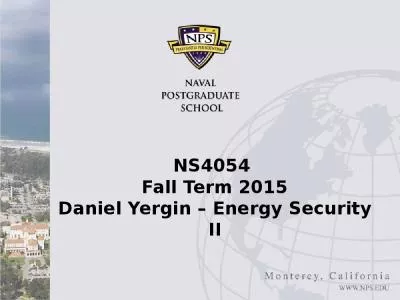PPT-Computer Security: Principles and Practice
Author : jane-oiler | Published Date : 2018-11-14
EECS710 Information Security Professor Hossein Saiedian Fall 2014 Chapter 12 Operating System Security E ach layer is vulnerable to attack from below if the lower
Presentation Embed Code
Download Presentation
Download Presentation The PPT/PDF document "Computer Security: Principles and Practi..." is the property of its rightful owner. Permission is granted to download and print the materials on this website for personal, non-commercial use only, and to display it on your personal computer provided you do not modify the materials and that you retain all copyright notices contained in the materials. By downloading content from our website, you accept the terms of this agreement.
Computer Security: Principles and Practice: Transcript
Download Rules Of Document
"Computer Security: Principles and Practice"The content belongs to its owner. You may download and print it for personal use, without modification, and keep all copyright notices. By downloading, you agree to these terms.
Related Documents

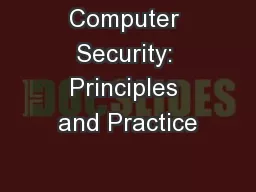
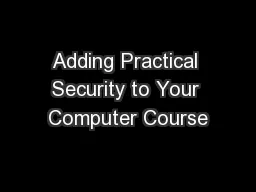
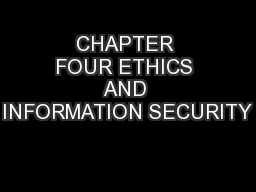
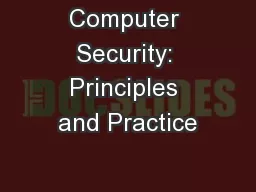
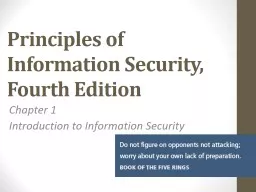
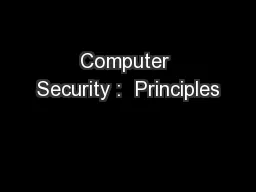
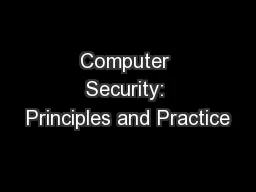
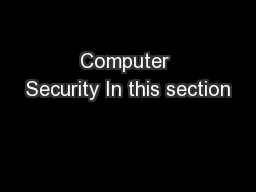
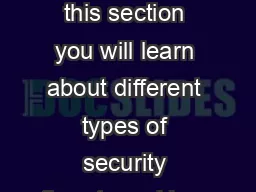
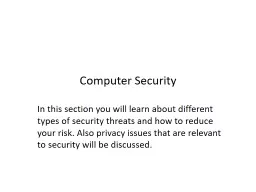
![[PDF]-Computer Science Principles: The Foundational Concepts of Computer Science - For](https://thumbs.docslides.com/971110/pdf-computer-science-principles-the-foundational-concepts-of-computer-science-for-ap-computer-science-principles.jpg)
![[PDF]-Computer Science Principles: The Foundational Concepts of Computer Science - For](https://thumbs.docslides.com/975475/pdf-computer-science-principles-the-foundational-concepts-of-computer-science-for-ap-computer-science-principles-6409a17d6cea6.jpg)
![[FREE]-Computer Science Principles: The Foundational Concepts of Computer Science - For](https://thumbs.docslides.com/992016/free-computer-science-principles-the-foundational-concepts-of-computer-science-for-ap-computer-science-principles.jpg)
